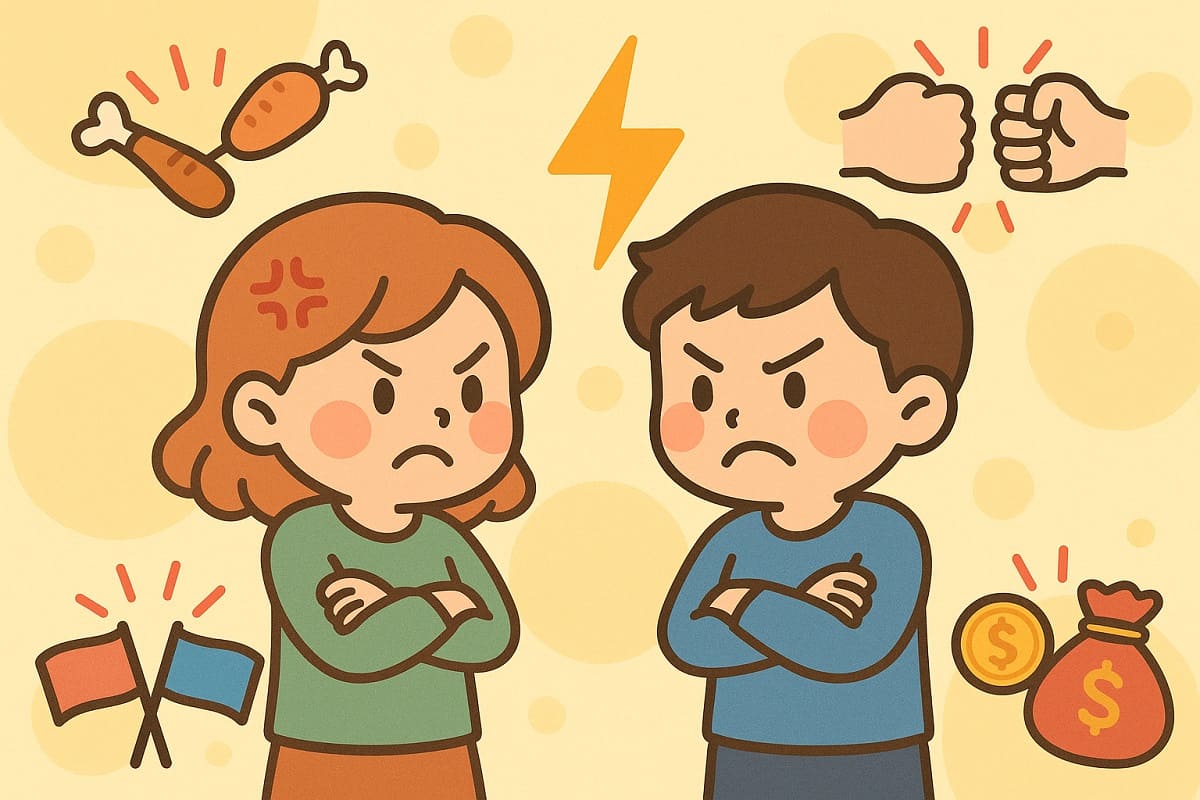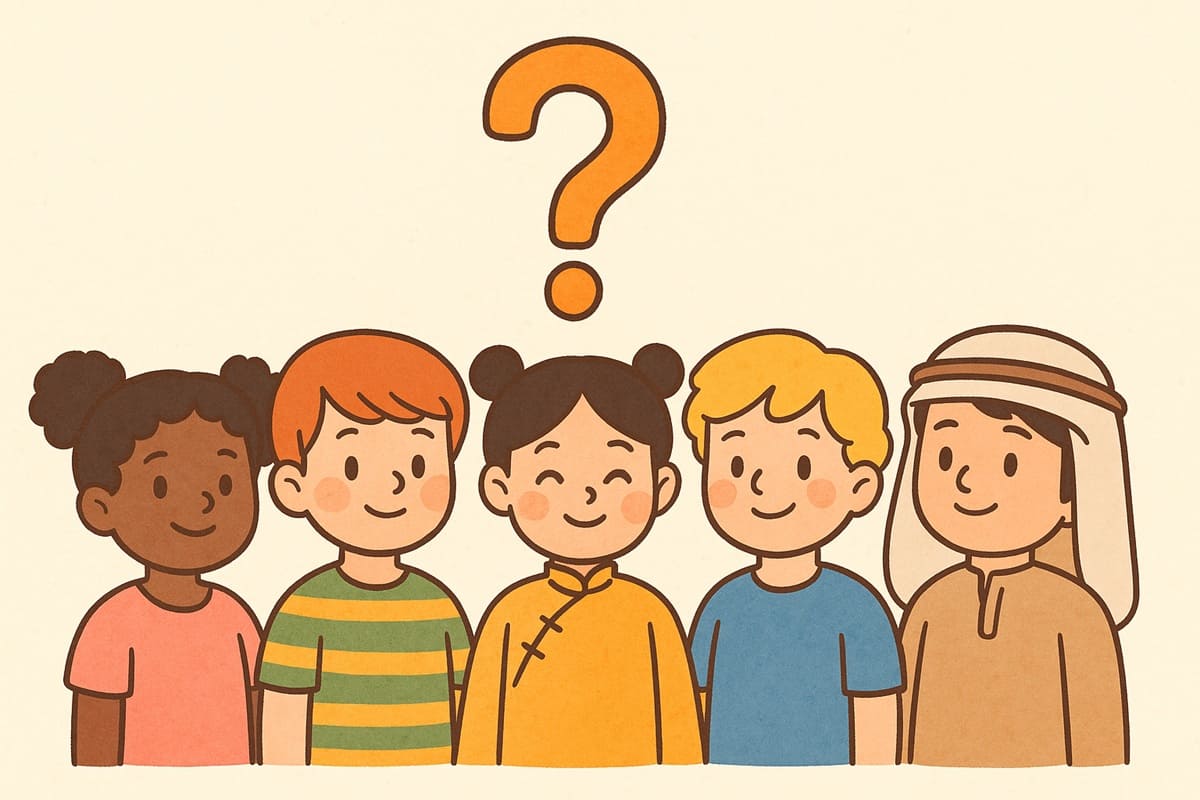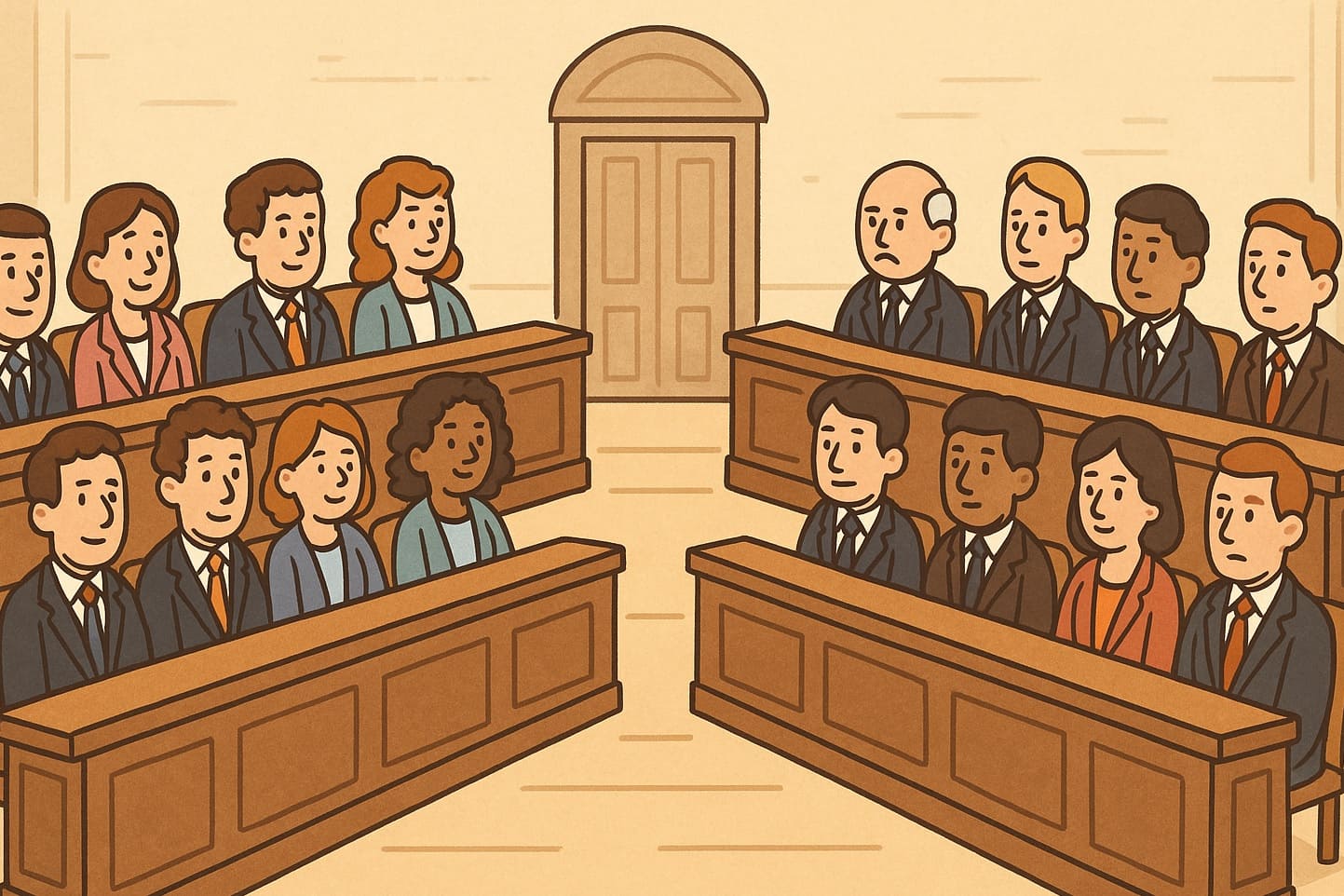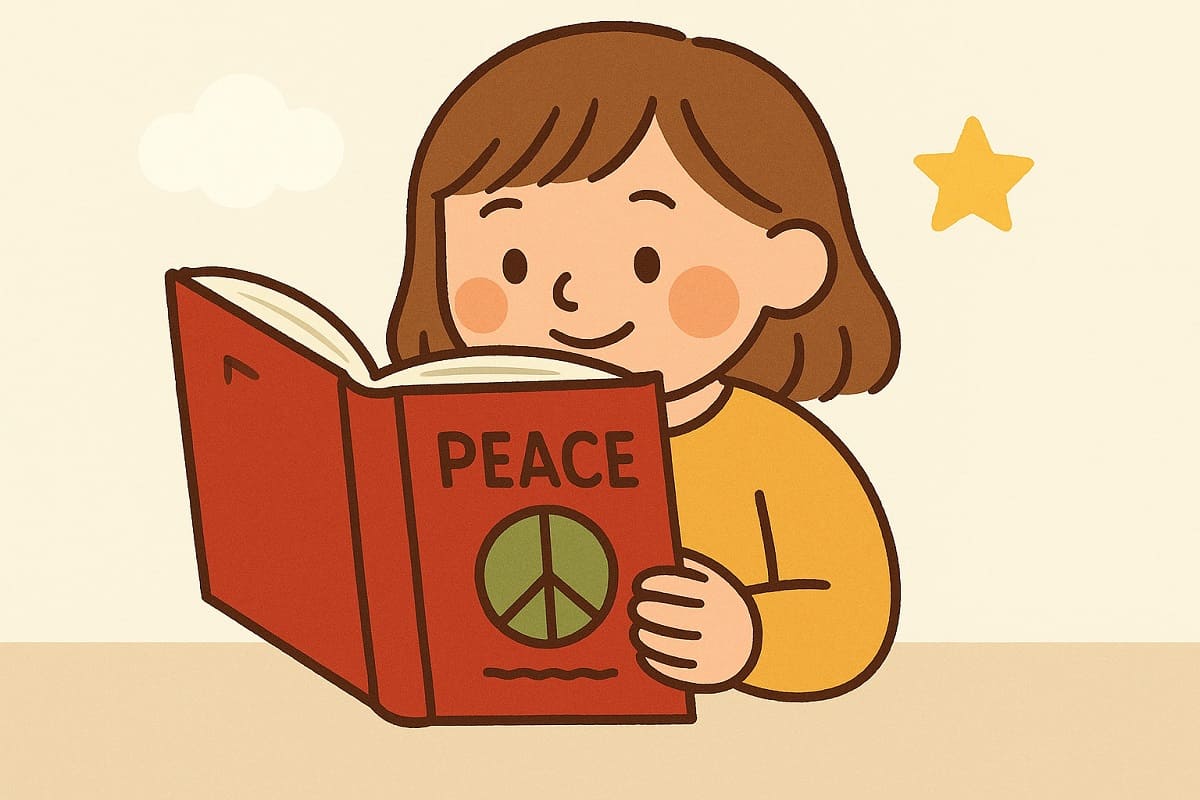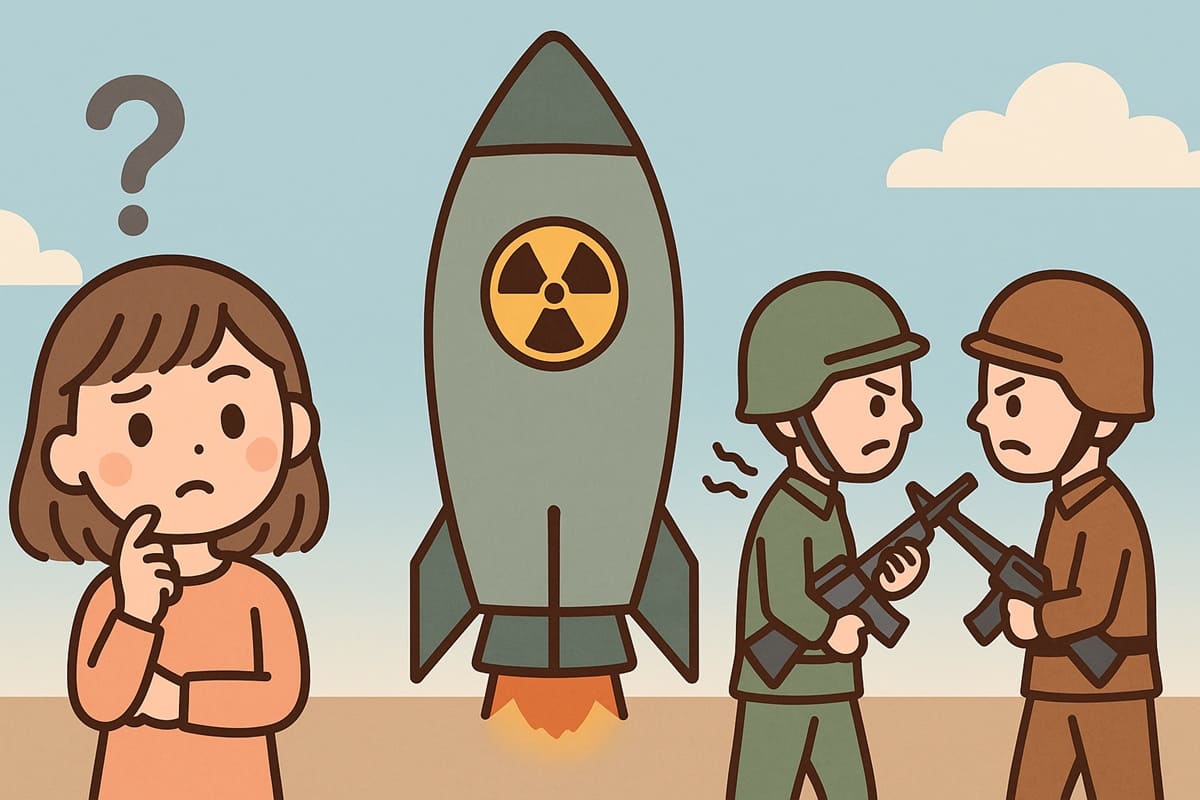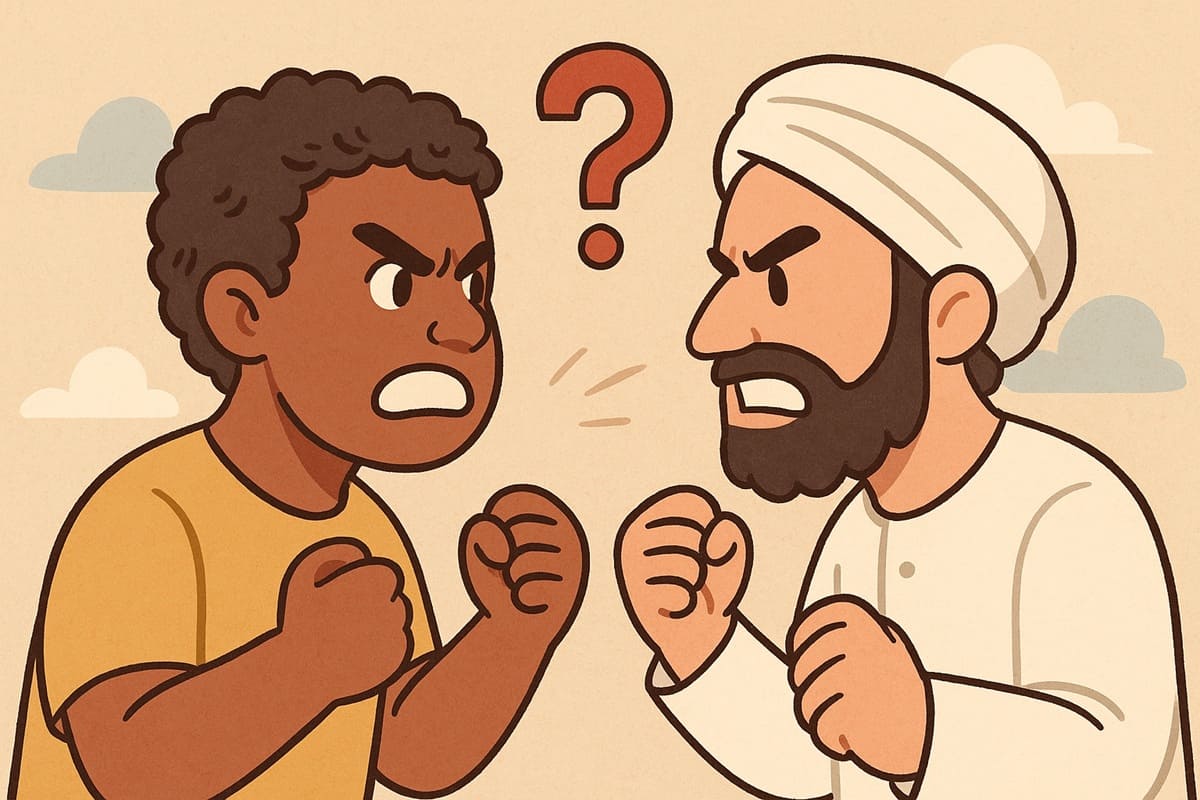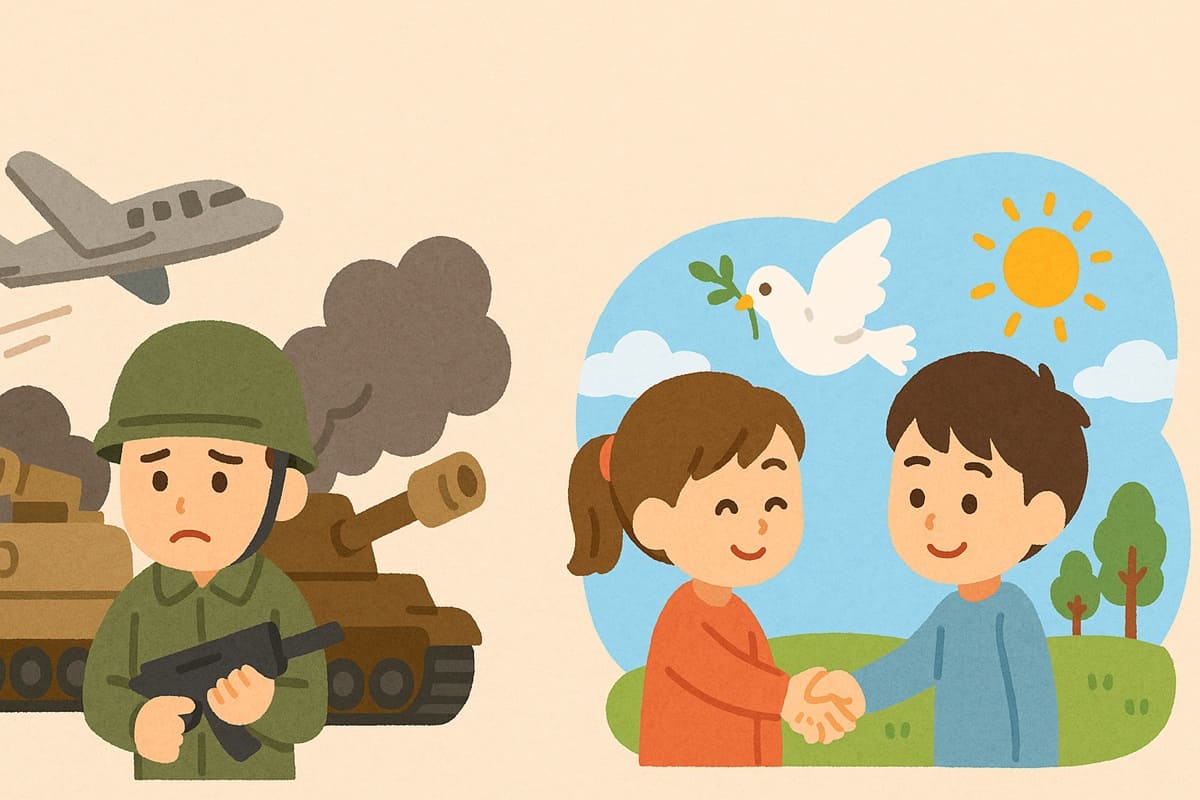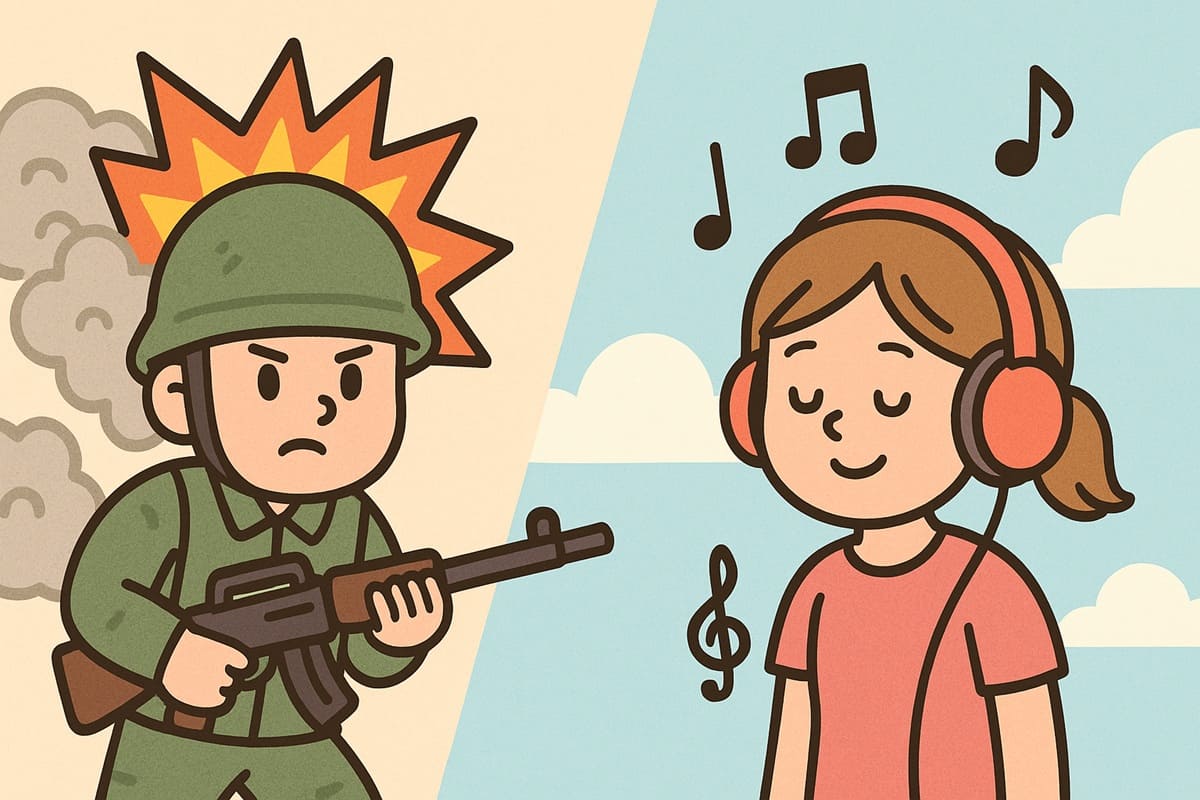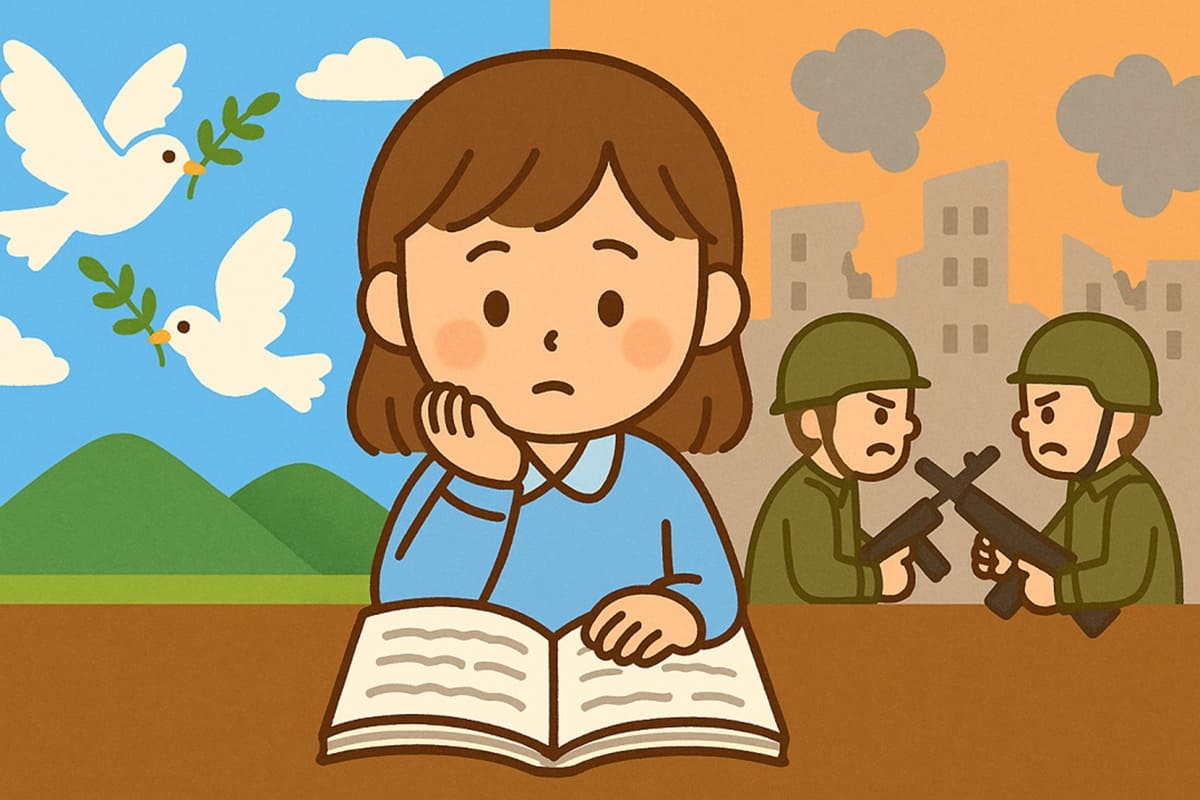Why Do Borders Exist in the First Place?
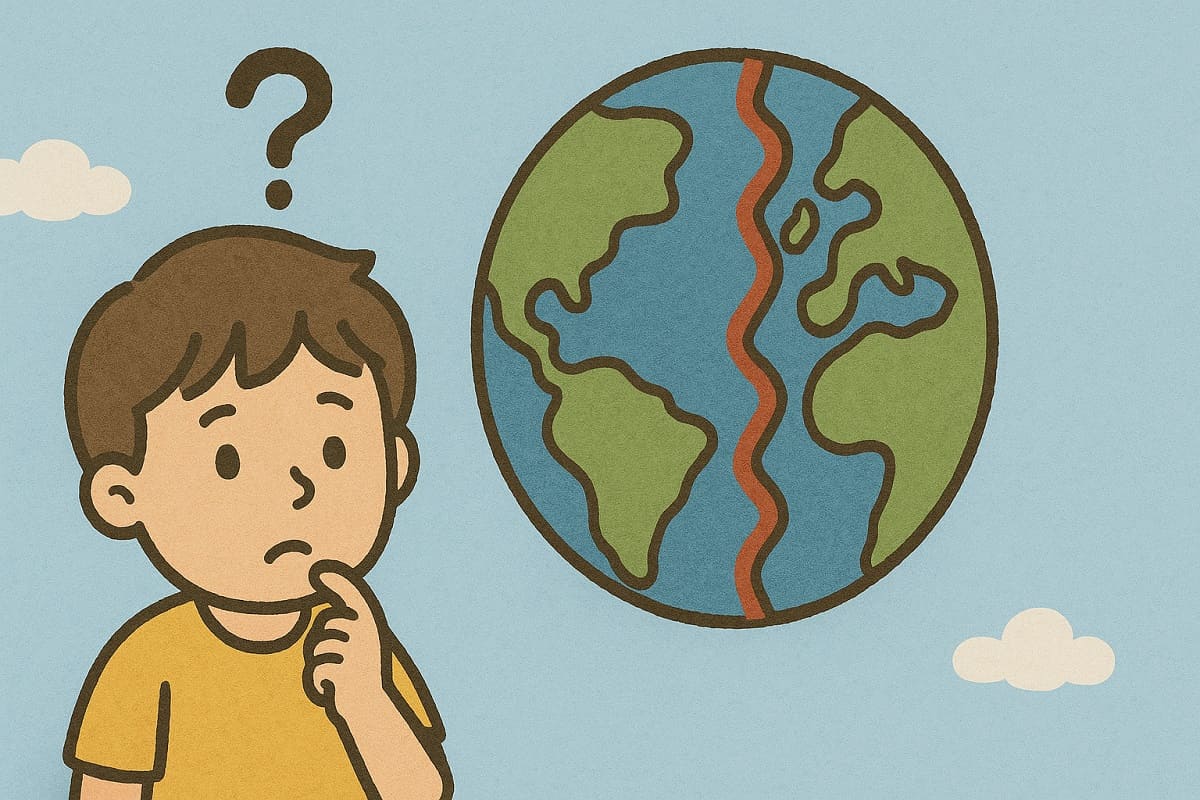
Have you ever wondered, “Why do borders exist?” Japan, being an island nation, has the sea naturally serving as its border. But on continents, invisible lines on land separate different countries. So when, how, and why did borders come into being? What purpose do they serve, and what issues are associated with them?
In this article, I’ll explain the history and significance of borders as clearly as possible.
How Did People Define “Borders” Long Ago?
Before the times of clear lines on maps, how did people delineate territories? In fact, ancient societies used natural features and loose understandings—for example, saying, “Beyond this river is another tribe’s land,” or “If you cross that mountain, it’s another lord’s domain.”
In medieval Europe, the term frontier (known as mark or borderlands) was common, referring to the remote margins of a realm where the central authority was weaker. There weren’t sharp lines; instead, a ruler’s “country” extended as far as their power could reach.
The Historical Event That Created “Borders”
So how did firm borders like we know them today emerge? The turning point was the 1648 Peace of Westphalia, an international agreement ending the Thirty Years’ War in Germany. Through this treaty, European powers agreed “not to interfere in each other’s domestic affairs” and recognized that each state held sovereign authority over its territory.
This concept formed the basis of the modern sovereign-state system: within its borders, a nation applies its own rules. From then on, the idea of clearly defining national limits—“this much land is ours”—spread throughout the world.
Advantages of Borders
Borders bring several benefits:
- Enforceable laws: Each country can independently establish its own legal and political systems.
- Security: Borders enable inspections at checkpoints, helping keep out potential threats.
- Cultural preservation: Sharing a language and traditions within a border helps maintain national identity.
- Ordered international relations: With defined territories, states can interact on an equal basis and negotiate clearly .
Downsides of Borders
However, borders also come with drawbacks:
- Restricted movement: Passing borders often requires passports and visas, limiting free travel.
- Source of conflict: Disputes over where borders lie can trigger wars—claims like “That mountain beyond is ours!” lead to confrontation.
- Xenophobia: Distinctions between “inside” and “outside” can foster prejudice and discrimination against foreigners.
What Is “One Country, One Vote” at the UN?
The United Nations operates under a principle known as “one country, one vote.” Regardless of their size, each member nation holds one vote in UN decisions.
This system is only possible because borders clearly define who belongs to which country—a principle inherited from the Peace of Westphalia’s idea that all nations are sovereign and equal.
Conclusion
Borders are more than simple lines on a map. They involve layers of history, war, culture, and international rules. Though they serve to protect nations, they also partition people and traditions.
As you hear the word “border,” consider the complex history and the human stories behind it—it might change how you view our world.
Main References
- Britannica. (n.d.). Peace of Westphalia. Encyclopedia Britannica.
- SCIRP. (2024). Borders: A Wall of Power and Controversy. Social Sciences.
- Wikipedia contributors. (n.d.). ヴェストファーレン体制. Wikipedia.
- United Nations. (n.d.). Purposes and Principles. United Nations Information Centre.
